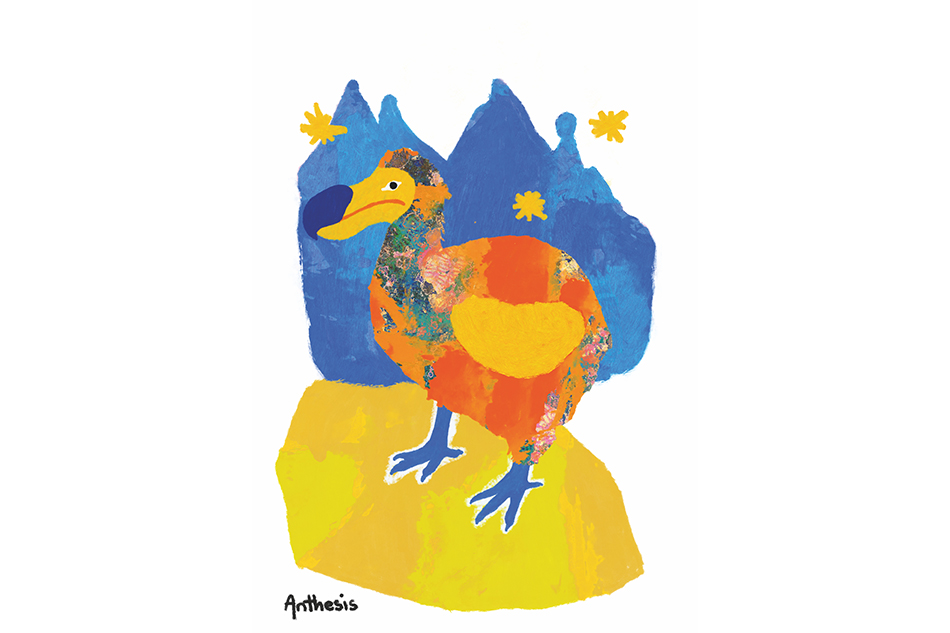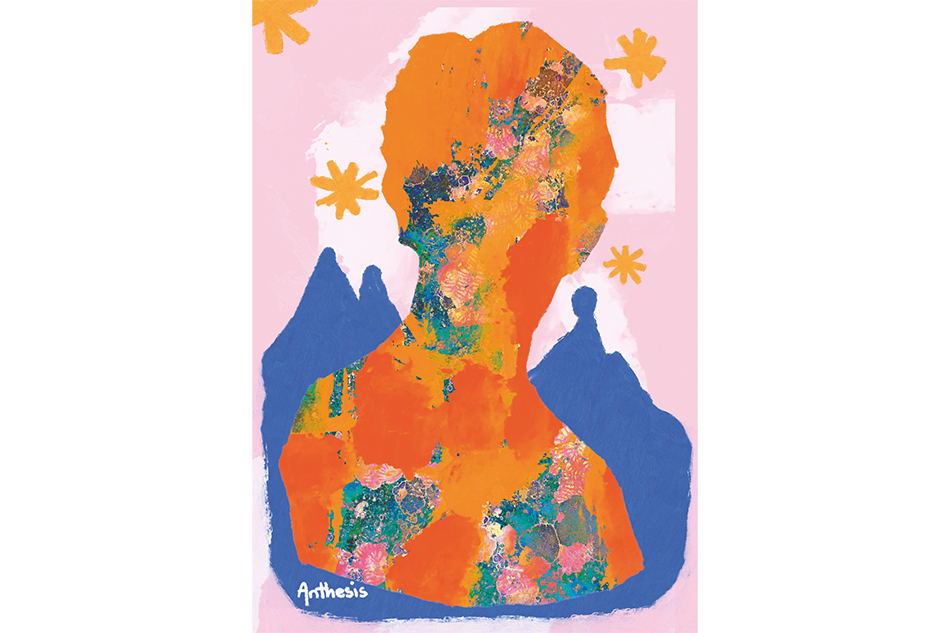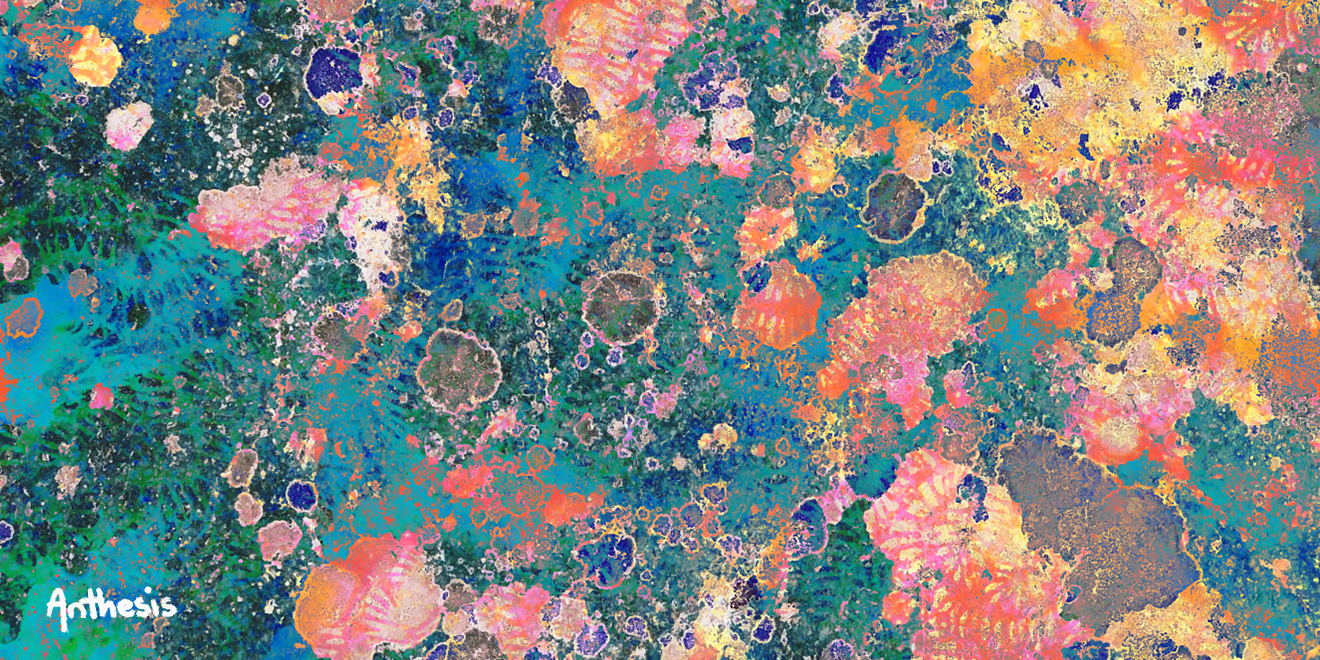Unlike the continental expanses that, over the millennia, have swept the ocean before them to create the world we know today, Mauritius was born ten million years ago from the slow eruptions of an underwater volcanic point. A “magnificent and dazzling land” for Baudelaire, the “pearl of the Indian Ocean” for Conrad... Mauritius, who are you really?

“An immense lottery”
Pierre Baissac, Director of the Royal Academy of Arts and Sciences in Mauritius, uses these words to describe the natural development of the island. Marooned in the middle of the ocean, everything seems to be set against the advent of life on this mere comma of land. The nearest landmass, Madagascar, is more than 1,000 kilometers away, surrounded by an ocean of dizzying depth. Nonetheless, carried by the sea’s currents, perhaps on a raft of vegetation, or swept along by a gust of wind, driven by the breath of a cyclone, life managed to make it to the island’s shores – almost by chance!
After all, what are the odds of a tree that has fallen into the sea reaching the island, let alone its passengers – seedlings and cold-blooded animals (the only animals able to survive such a journey)? What are the chances that these insects and bats, arriving from Madagascar, will find the food they need and a partner to perpetuate their species? That the ocean level would drop unexpectedly, allowing the giant tortoises of Madagascar and the Comoros slands to set off in search of new lands? That seeds, frozen in the mud encrusting the legs of a migratory bird, or carried in the digestive tract of a bat, would find the soil that will allow them to germinate?
These newcomers faced an arduous process of adaptation, marked by an astonishing level of reciprocity between plants and animals. This symbiosis has given rise to a particularly rich and unique array of flora and fauna: of the 700 plants indigenous to the Mascarene Islands, 300 species exist only in Mauritius. “At the time, our forests had the highest density of trees in the world. This utualism between species and the lack of predators also led to the appearance of giant species, now extinct, such as the dodo, the skink, the blue parrot, and the tortoise – the last three counting among the largest in the world”, explains Dr Vikash Tatayah, Director of Conservation at the Mauritian Wildlife Foundation

Then came civilisation…
Discovered first by the Arabs, this paradise lost – where generations of unique species had flourished for thousands of years – was later visited by the Portuguese. They left behind them cats and rats, thereby surreptitiously triggering the weakening of the Mauritian forests. In 1598, Dutch axes and pickaxes began to scar the island with extensive clearing of forestry. “This was the beginning of an excessive felling of ebony trees for their highly prized wood, as well as of other woods used for carpentry”, Pierre Baissac tells us.
Little by little, the island’s natural reserves dwindled. Animals, such as the dugongs, were hunted for their meat, or the dodos, eaten in the egg by rats from Europe or starved by deforestation. “Pierre Poivre was already talking about the damage being done to nature, particularly to plants, and, as an avant-garde ecologist, he was sounding the alarm,” says Emmanuel Richon, director of the Blue Penny Museum. But nothing was done. “At the time, the colonists saw nature as something that could be exploited with impunity. Today, we have lost around thirty species of animal and around 10% of our flora”, continues Dr Tatayah.

Domino effect
Deforestation is accompanied by disastrous effects. “A tree is home to an entire ecosystem including fauna consisting of bacteria, fungi and animals in its subsoil and underground. Without this, the soil becomes sterile and needs fertiliser”, explains Pierre Baissac. Jean-Marie Sauzier, one of the founders of the Tiny Forest project, adds: “When the Dutch first started planting sugar cane, it grew incredibly rapidly because the soil was so rich. Today, our soil is severely depleted”.
This natural wealth, however eroded by the grip of civilisation, is not doomed: numerous initiatives to restore the island’s essence are now successfully underway. One of its greatest defenders is the Mauritian Wildlife Foundation. For almost 40 years, it has been carrying out a mammoth task, saving numerous species from the brink of extinction. These include the kestrel, the population of which has grown from just four birds in the 1970s to around 350 today, and the large green dolphin, which has seen an increase since around 1990 from nine individuals to approximately 550.

“The only solution is to restore the forests and limit predators,” says Dr Tatayah. This philosophy is echoed by the initiators of the Tiny Forest project. Their approach, inspired by the work of Japanese botanist Akira Miyawaki, aims to recreate the forests of yesteryear in a reduced format. “The idea is to create bridges of sorts across the island, to encourage flora and fauna that would otherwise have disappeared”, explains Allain Raffa, a member of the collective. Three years in, the project has already given rise to ten small forests.
A few drops of water, perhaps... or the beginnings of an ocean?

